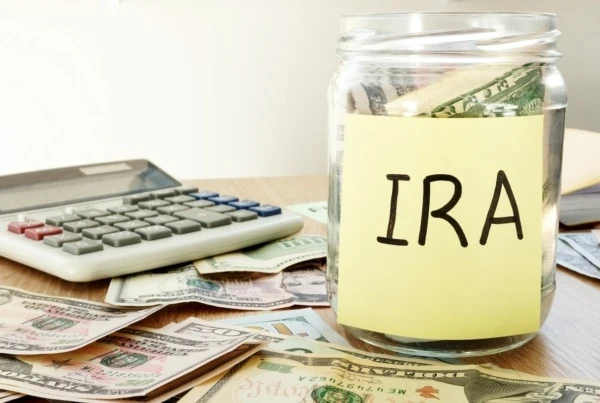We all need to eat, and unless you’ve mastered homesteading, that means you need to get at least some of your food from grocery stores.
If it seems like grocery prices are always rising, that’s because they often are, thanks to the drumbeat of inflation. Unfortunately, grocers sometimes add insult (and more injury) to injury by using sneaky practices to trick you into spending even more.
Today, I’m going to highlight some of the most popular deceptive practices grocery stores use. From fake “sales” to shrinkflation to artificial scarcity, your favorite store is likely highly skilled at manipulating customers. By knowing the most common scams, you can avoid them and keep your grocery costs down.
Featured Financial Products
Grocery Store Tricks That Drain Your Wallet
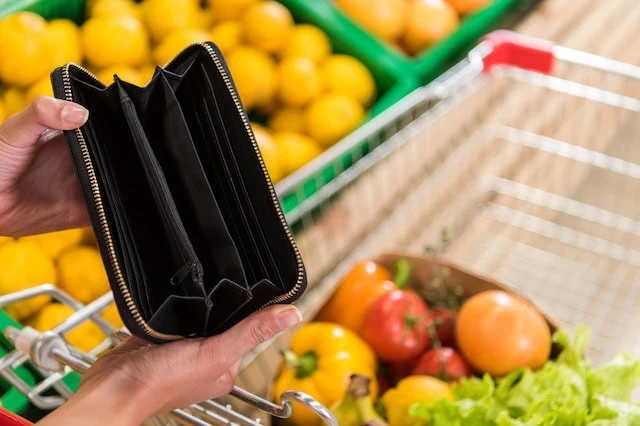
Did you have Where’s Waldo? books as a child? Well, we’re about to embark on a far-less fun version where we try to spot grocery stores’ tricks.
The upside? Whereas you received absolutely nothing for finding Waldo, identifying these grocery ploys comes with a tangible reward: smaller grocery receipts.
Some of the following practices are specific to grocery stores, while others are popular among a wide range of retail businesses.
1. BOGO Deals
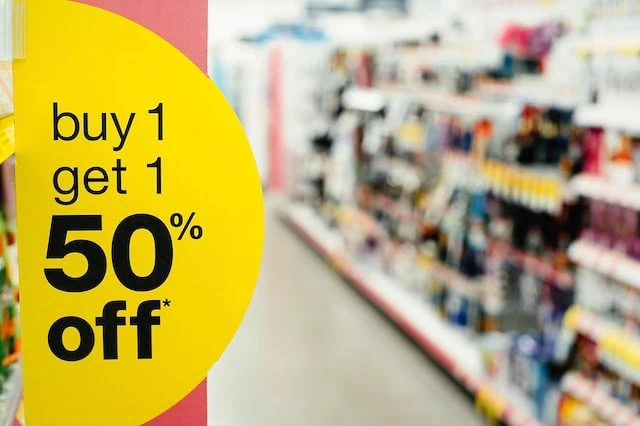
Buy one, get one (BOGO) sales aren’t universally bad, but the level of value you get from these deals can vary widely.
The original concept behind “BOGO” was “buy one, get one free,” but now many stores use BOGO to merely discount the second item. So, for instance, you might buy one item at full price, then get the second item for 50% off or 25% off. Still, if you regularly buy two tubs of yogurt whenever you visit the store, you’re coming out ahead to have one of those tubs discounted.
Even then, watch the original price you pay, because sometimes, a BOGO sale will start with an inflated regular price, while the “discounted” price on the second item really only gets you back to square.
Also, sometimes BOGO becomes BTGO (Buy Two or Buy Three, Get One). Or sometimes you’ll need to buy a certain amount to get a discounted price on all of them—say, buy 10 to get all 10 on a discount. If a BOGO deal makes you buy more than what you can reasonably consume before that product goes bad, you could be throwing those savings down the drain. Be especially wary of buying these deals on snacks or items you’ve never tried before.
Only take advantage of BOGO deals if it’s something you normally buy several of at a time already, and if you’re truly receiving a discounted price.
2. Inflated Costs for Deliveries
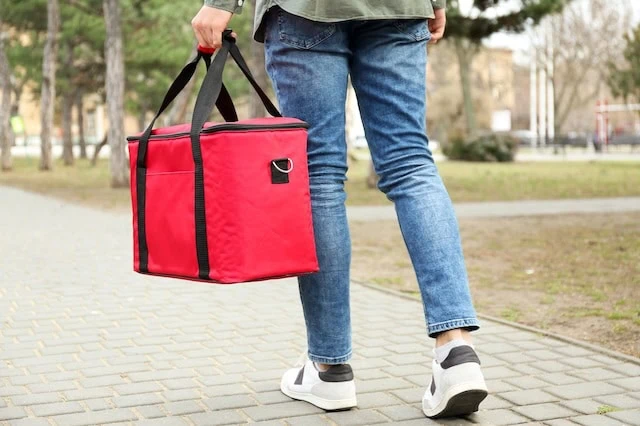
Many people opt to get their groceries delivered—it saves time, it reduces stress, and it’s a boon to people with mobility issues.
In some cases, grocers charge clearly stated delivery fees to offset the costs of gathering and delivering the groceries. And in those situations, it’s completely up to you to determine whether the price is worth the convenience. If you have mobility struggles that make shopping a challenge, it could be money well spent. For families with zero wiggle room in their budget, it might be an unnecessary expense.
But some grocery stores will take a different approach: charging higher prices on items bought online for delivery. For instance, Costco is very upfront about the fact that online prices are higher than those charged at your local warehouse. Other grocery stores do the same. But many stores will bury that information in small print you’ll never end up seeing. Worse? Some stores will charge you inflated prices and still charge you a delivery fee.
One CNBC writer discovered that by going to their favorite grocery store in person instead of ordering the same food online, they would save $68 on a single shopping trip. This is very similar to how people find their DoorDash orders can end up costing exorbitantly more than dining at a restaurant.
Before you order a grocery delivery, make sure you know just how much more you’re paying.
Related: 10 Items You Should Never Buy at Aldi
3. Confusing Coupons
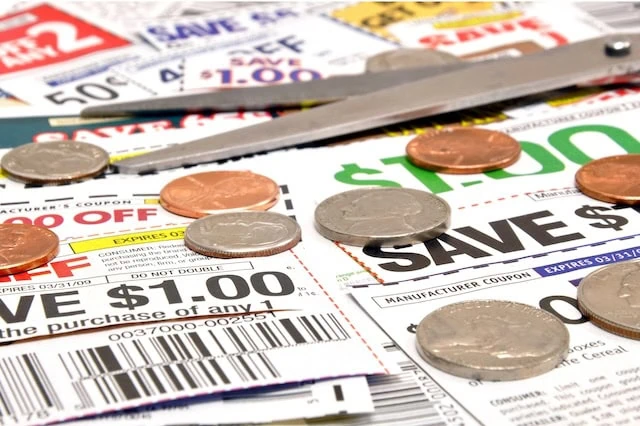
Coupons are a wonderful way to cut down on costs, but only if you read and understand the terms. When a skilled cashier is quickly zipping through your items and you’re struggling to find the right credit card in your wallet, you might not realize your coupon didn’t work, and that you paid more for a product that you wouldn’t have gotten if it weren’t for the assumed discount.
For example, some coupons might not be available to the general public and instead only redeemable by people who are part of a membership program. Coupons might also place limits on whether the product can be combined with other offers, or have required minimum purchase amounts.
Plus, coupons typically don’t last forever, so always check the expiration date.
Related: Feeling Thrifty? How to Save Money at Thrift Stores
4. Unmatching Unit Pricing
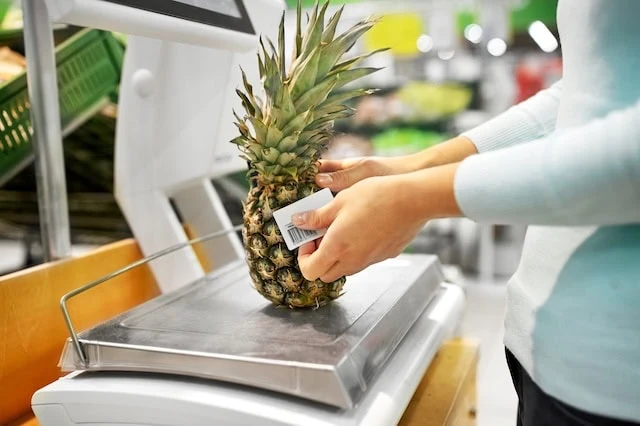
Stores don’t always make it easy for you to compare prices. Even if you ignore the overall price and squint for the “per ounce” or “per unit” print, the presented units don’t always match. One box of granola bars may show the price “per ounce” while the brand sitting next to it is labeled “per serving.”
In this situation, you’ll need to do some math to calculate which is the more financially frugal buy. And this won’t be a one-time task. These comparisons will shift as product sizes change, as list prices go up and down, and as sales go in and out.
Related: 10 of the Highest-Rated Kirkland Signature Products You Don’t Want to Miss
5. Price Hikes Before Sales
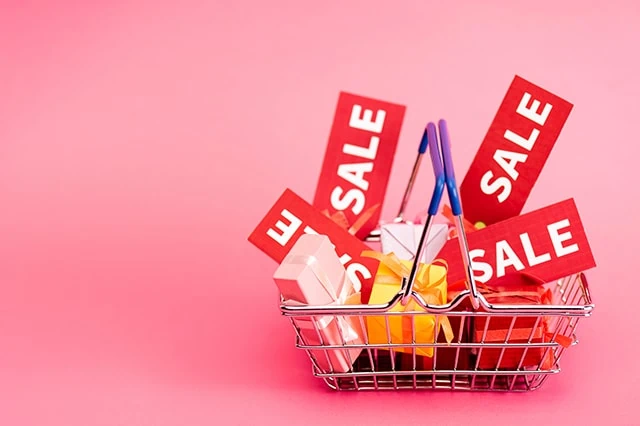
Stores are well aware that shoppers love the mere feeling of getting a deal. But grocery stores don’t love cutting into their already thin profit margins. So, to give their customers that euphoric sale feeling, grocery stores (and other retailers) will sometimes raise prices before putting an item “on sale” for what ultimately ends up being close to the original price.
I’ve noticed this across several stores, and even on my beloved Target Circle app. Amazon is also well-known for employing this tactic, which is why some consumers use camelcamelcamel.com to track product price histories.
The best way to avoid this trick is to carefully track the prices of the products you consume. If you’re familiar with the usual costs, you won’t feel pressured to buy an item just because the store claims it’s a deal.
Featured Financial Products
6. Pretending ‘Natural’ Is the Same as ‘Organic’
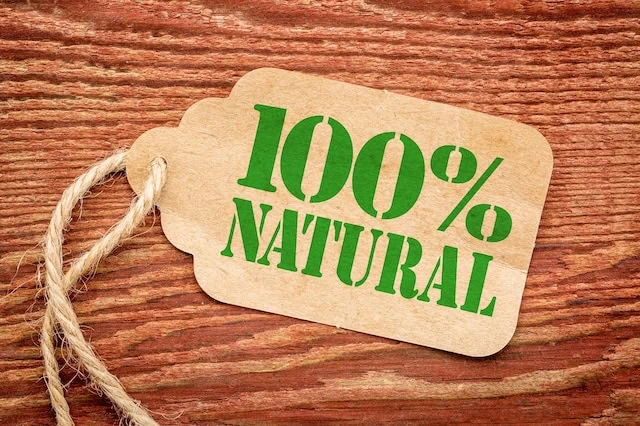
“Organic” isn’t just a buzzword—it’s a specific term that’s regulated by the USDA. If a brand wants to use the word “organic” on their product label, the USDA says the item must “be produced using agricultural production practices that foster resource cycle, promote ecological balance, maintain and improve soil and water quality, minimize the use of synthetic materials, and conserve biodiversity.”
Furthermore, products must be the following:
- Overseen by a USDA National Organic Program (NOP)-authorized certifying agent, adhering to all USDA organic regulations
- Produced using allowed substances
- Produced without prohibited or excluded methods
Often, non-organic items will use the word “natural” in hopes that consumers will assume it means the same as organic … and be willing to pay the premium price that often comes alongside the organic label.
However, according to the USDA, regulatory agencies assume the word “natural” only means that nothing artificial was added during processing and that the item was minimally processed. The word natural doesn’t address human health, genetically modified organisms (GMOs), synthetic pesticide use, hormones, or antibiotics in crop or livestock production.
Related: 10 Highly Rated Member’s Mark Products to Add to Your Shopping List
7. The Illusion of Scarcity

When shelves look understocked, consumers sometimes worry that more inventory won’t come in for a long time. Fearing those items won’t be around later, shoppers stock up on what remains.
However, on occasion, the store will have plenty of stock in the back but keep a limited amount on shelves, using scarcity to create a false sense of urgency.
This tactic works because we fear shortages. News reports of various foods becoming scarce can feed into this fear, causing people to impulsively buy far more of a product than they currently need. (See: COVID-time shopping panics.)
To fight back against this deceptive practice, don’t buy extra of an item just because there aren’t many on the shelves. Only buy the amount you originally planned.
Related: 7 Car Maintenance Tasks That Save You Money
8. Price Tags with Fine Print
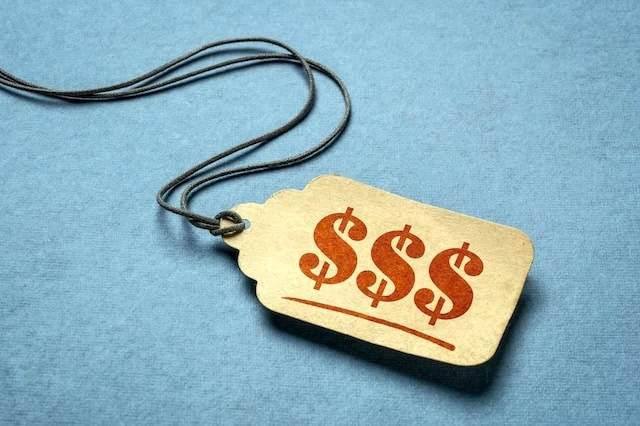
At first glance, those grapes at the grocery store might seem like a great deal. But the price tag you see might not be for the full purchase.
A price that looks fair for the full bag of grapes, or another similar item, might feel much more costly when you read the tiny print that reads “per lb.” If you read it at all. If you’re not careful, you might not notice the actual cost until it’s scanned at the register, if you notice it at all.
So especially when you’re in areas like produce or the deli, where items are often priced per pound, scrutinize any price tag you see so you know what you’re actually paying.
Related: How to Achieve Financial Minimalism to Reduce Stress
9. Shrinkflation
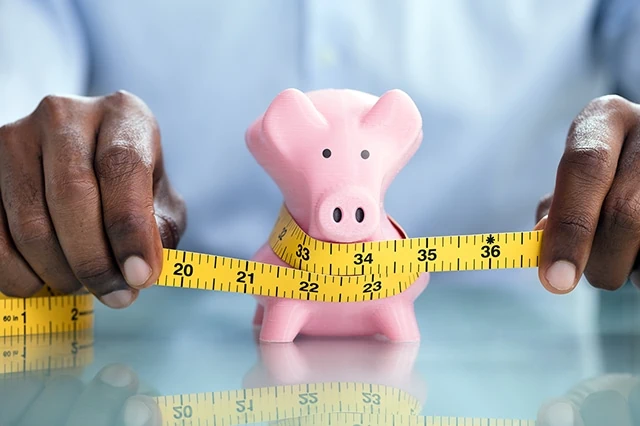
Shrinkflation refers to product sizes or quantities getting smaller without the cost proportionately lowering. It means that consumers are literally getting less for their money.
This isn’t so much a scam by grocery stores so much as deception from the manufacturers, though some grocers may use this tactic on their store-brand products.
Regardless of what brands you buy, always be on the lookout for shrinkflation when you’re shopping for food. Continuously check price labels to see how many ounces, pounds, etc., you’re getting per unit, then compare that to the same product over time, as well as to competitor products to make sure you’re still buying the most affordable option.
One common sign of shrinkflation is new packaging—redesigns are sometimes an indication that the product size has also changed.
Related: Seniors Can Save More With These 10 Discounted Memberships + Subscriptions
10. Senior Discounts That Don’t Save You Money
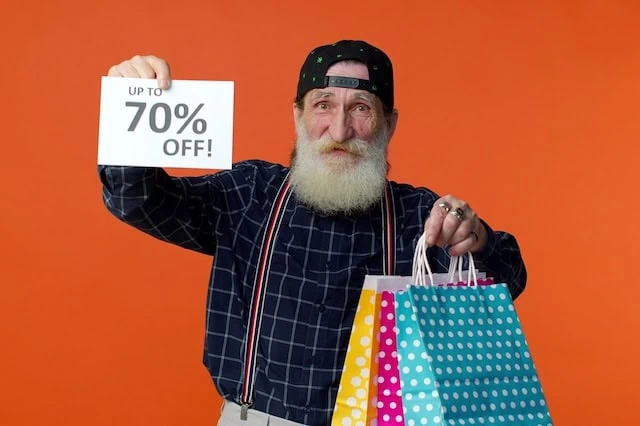
Senior discounts for grocery stores can save older adults money, but they still need to shop strategically.
Depending on the grocery store, the discount might be restricted to only full-price items. That’s fine if it’s an essential item you need right away. For non-urgent items that frequently go on sale, however, it might be smarter to wait for a larger sale than simply using the senior discount.
As discounts and deals often can’t be combined, it’s important to crunch the numbers to see how you can pay the least. Sometimes, that might be your senior discount. Other times, that coupon you got in the mail could save you more.




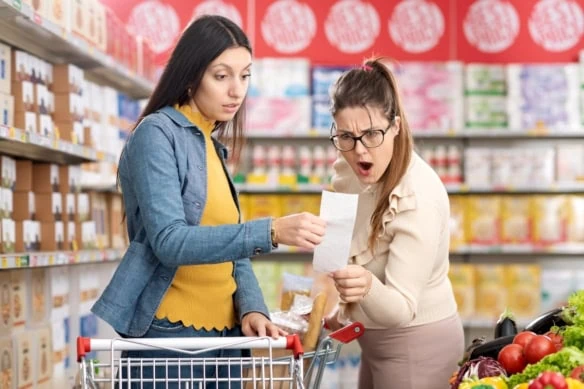
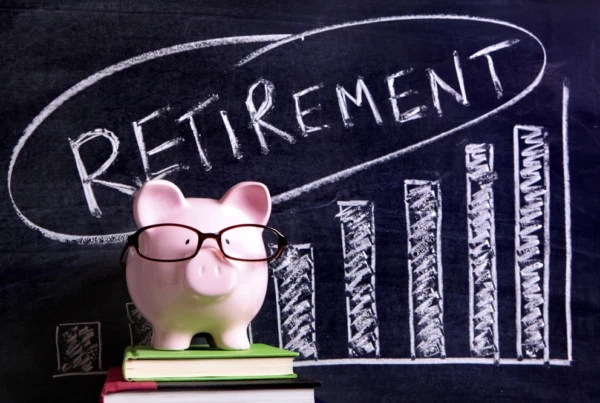
![SEP IRA Contribution Limits [2025 + 2026] 25 SEP IRA contribution limits](https://youngandtheinvested.com/wp-content/uploads/SEP-IRA-contribution-limits-600x403.webp)
